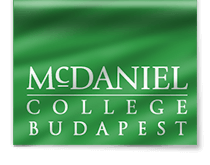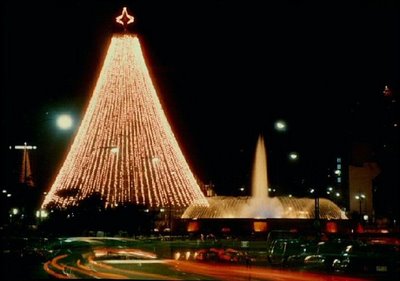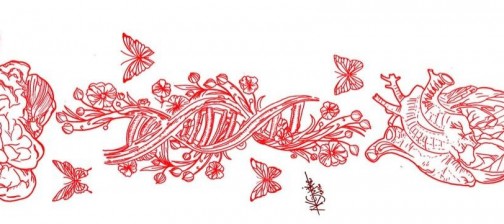Christmas is fast upon us and the diverse ways of celebrating this holiday around the world are fascinating. On this occasion, I want to share with you how the South American country of Venezuelacelebrates this time of the year. December is a month of happiness for the Venezuelans and they enjoy it with loud music and delicious traditional dishes.
There are numerous cultural, gastronomical and musical expressions that identify the celebration of Christmas in Venezuela. So if you ever go to visit this Latin American nation during this holidays, take a look at the most important traditions of this country:
Aguinaldos is the type of music that Venezuelans listen during this time of the year. The word “aguinaldo” means, expected gift. This tradition goes back to the streets of Venezuelan capital Caracas during the 30′s when the aguinalderos – the performers of this music – invaded the streets to sing to baby Jesus. The families around the area used to give them sweet papaya and donkey milk in return for their beautiful melodies. Nowadays this tradition has changed. Aguinaldos are only sung in churches to honor baby Jesus and the aguinaldos that are sang in the street are now called parrandas. The parrandas, unlike the aguinaldos, are not only dedicated to baby Jesus but also to other Christmas traditions. Parrandas are always played using a cuatro – a four-stringed Venezuelan guitar. Unlike aguinaldos, the people frequently dance and sing along with the main parrandas.
Pesebre has its origins in the Spanish traditions brought by the colonizers and their Christian religion. The pesebre is the representation and cult for the nativity and especially for baby Jesus. This tradition starts on the first day of December and consists of the original representation of the nativity. Using small figurines to represent the Virgin Mary, Baby Jesus, Saint John and the three wise men, each Venezuelan home recreates this sacred moment in order to honor the birth of Christ. The originality plays a very important role in this tradition. Figurines made of everything from matchbooks to gold are used to honor this important moment. Finally, as a general rule, it is common to see that after the pesebre is created the face of baby Jesus is covered by a piece of cotton that will only be removed on Christmas night.
Hallaca, adopted by Venezuelans as their main Christmas dish, is probably one of the few elements that is not related to the Christian religion or the Spanish colonizers in this time of the year. Hallaca is a tradition left by the Indians and Africans who were the slaves of the Spanish in the colonization. The word hallaca comes from the Indian dialect guaraní and it means to mix. This tradition stems from a colonization practice whereby all the leftovers of the Spanish were given to the Africans and Indians to eat. The slaves found a way to put all these portions of old food inside a tortilla made by corn that was finally cooked inside a plantain leaf and so the hallaca was born. Today, despite all the negative connotations that you can give to this dish Venezuelans see it as an element that represents how mixed our race is. The plantain leaf represents our African heritage, corn flour our Indian heritage and all the meat and spices come within the realm of our European influence.
Overall, we can say that Venezuelan Christmas is a mixture of the traditions and influences of our ancestors. The unique way in which Venezuelans celebrate this holiday is full of happiness and joy. So to you amazing readers, and as the Venezuelan that I am, I want to send you a big hug and wish you a very Happy Christmas.




